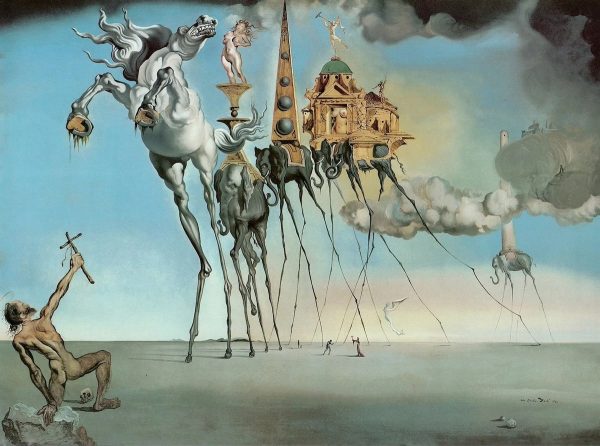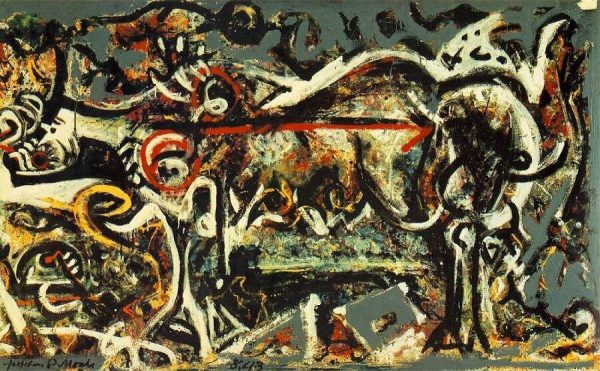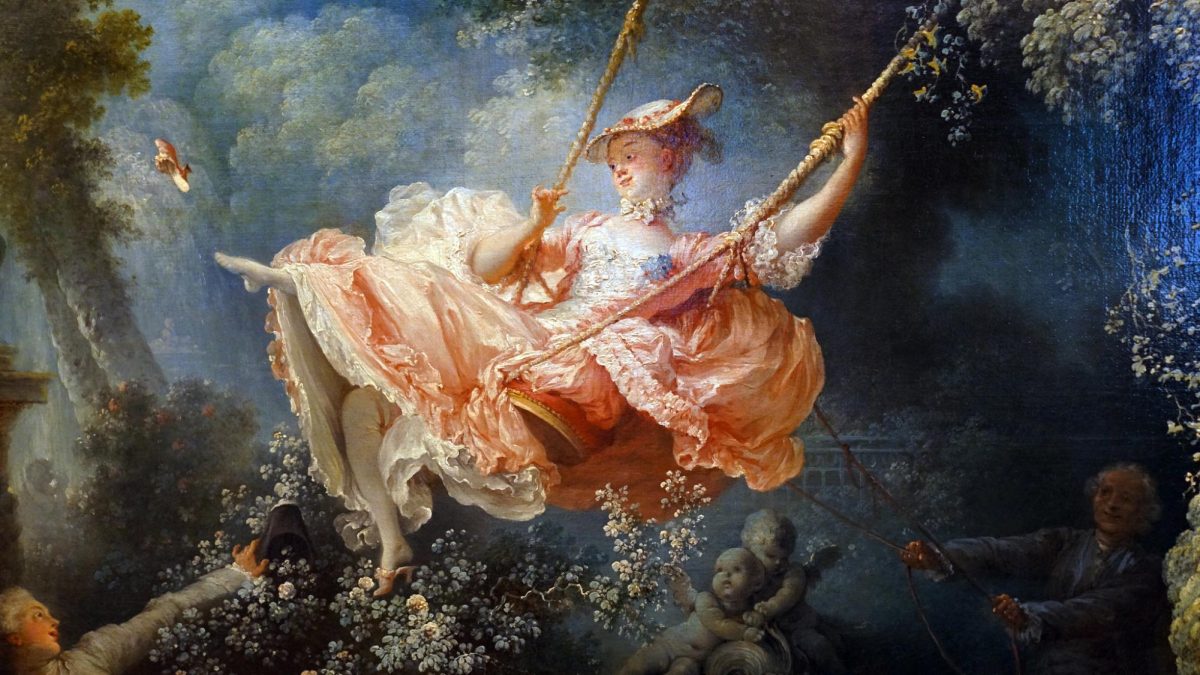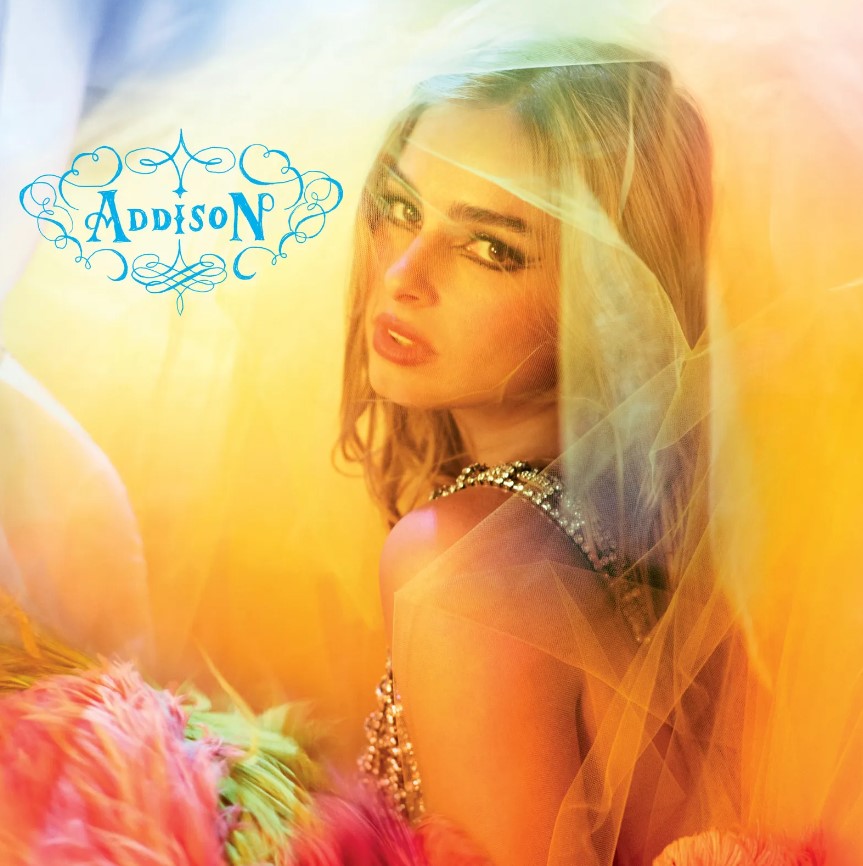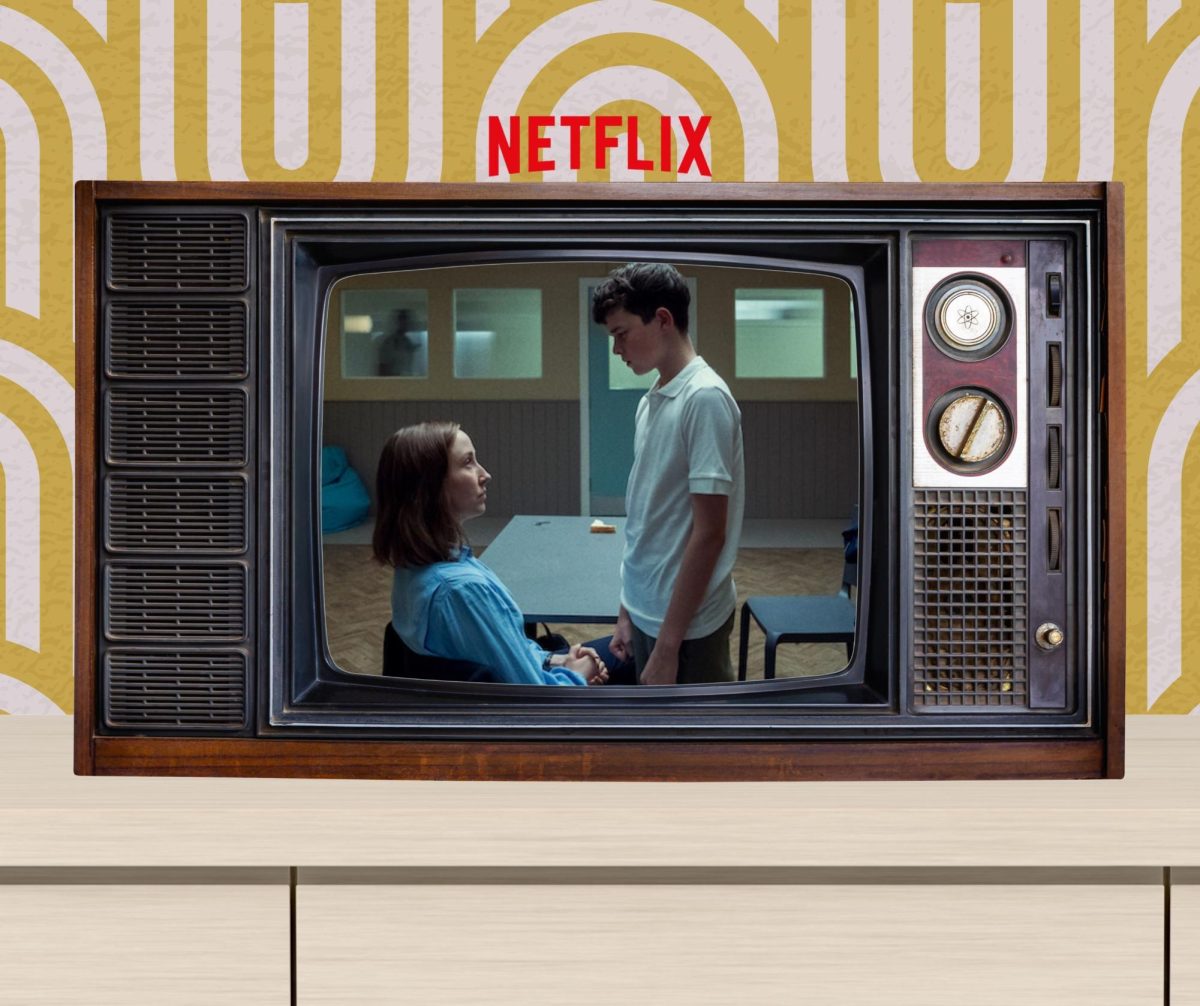Historically, art has always been a mark of taste, extravagance, and beauty. In modern times, however, art has shifted from being the pinnacle of human capability to being the butt of internet memes. Art has evolved throughout time to reflect the attitudes of each generation, and in the course of this evolution, the very purpose of art itself has changed as well.
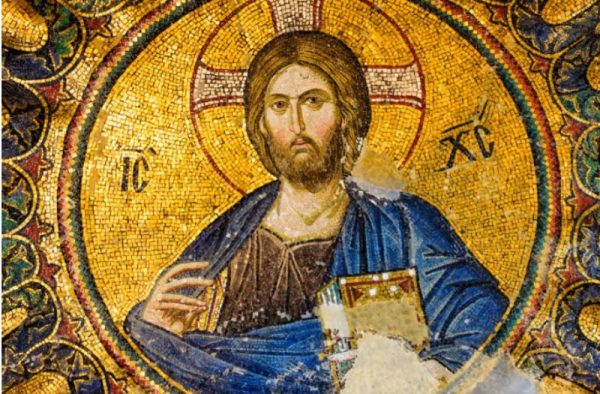
Dating back to the human race’s most ancient point, art served a practical and aesthetic purpose. With limited technology, early civilizations used stone carvings, clay tablets, and mosaics to track hunting and crop seasons. Art documented human events and symbolized cultural beliefs. In the medieval times, European art was used largely to promote religious worship. Most European paintings from 500 to 1500 C.E. depicted images of Christ, the Virgin Mary, and Biblical tales. Because the majority of people in this time were illiterate, paintings were used to tell stories that spread religious doctrines, especially Christianity. Places of worship were decorated with religious idols, and the minority of secular art came about as commissions from the upper class. Today, many people laugh at the inaccuracy of medieval art and its wild violations of human and animal anatomy. At the time though, artists prioritized the message of Christ over the accuracy of their subjects, and many uneducated artists did not have a proper understanding of animals’ appearances and human anatomy. However, the quality of art evolved as scientific discoveries and social ideologies evolved as well.

Even as art styles developed, artists were always historically forced to appease the public eye and their commissioners. Because of this, the painter’s creative expression was limited to fit the desires of patrons while artistic output itself became profitable by the upper class. In the Renaissance (1490s~1520s), art flourished under the patronage of the wealthy and the Vatican, where Popes and cardinals sponsored world-renowned artists like Raphael and Michelangelo. Distinct characteristics defined each period—the ornate decadence of French Rococo; the intricate, dark designs of the Gothic period; the embrace of humanism and classical revival in the Renaissance; and the dramatic, emotional compositions of the Romantic era—and the list goes on. When we peel back each layer of differences from varying art periods, one common trait becomes clear: every art style deeply reflects the social and political context of its period of origin, and most mainstream pieces were created through a wealthy lens. For example, in the late-19th century, the prominence of the Neoclassicism art movement rose as a response to the Enlightenment, an intellectual movement characterized by logic, secularism, and civic virtue. Neoclassical paintings paralleled these traits by emphasizing strong vertical lines, clarity in form, balanced compositions, and classical themes from ancient Rome and Greece. Additionally, French Rococo serves as a perfect example of only capturing a wealthy perspective in art. Rococo’s decadent and luxurious depictions of chateaus flourished all while France entered its poorest point in history. The widespread poverty and starvation in this era later sparked the beginning of the long and bloody French Revolution as aristocrats continued to indulge in their cluster of wealth. As artists were dependent on sponsors for success, the wealthy have manipulated our perception of history.
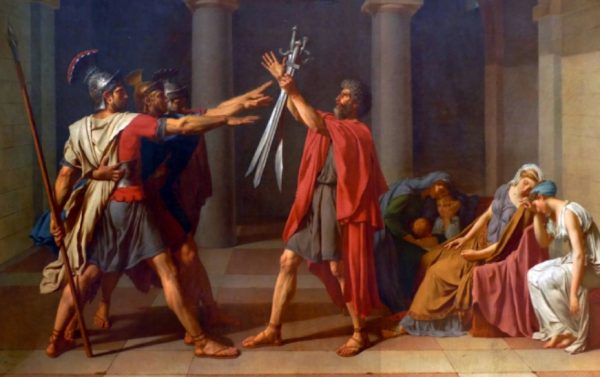
The shift to modern art happened only when artists became no longer bound by dependence on wealthy commissioners. During the industrial revolution in the 19th century, art supplies became mass manufactured and paint became much cheaper for consumers. Because of this, making art became accessible to all people and creative expression saw no bounds. In the 1860’s, Paris witnessed the birth of what is considered the first modern art movement in history: Impressionism. Impressionism was characterized by an abandonment of capturing realistic details, and focused on capturing light and movement instead. It consisted of large, thick, abstract paint strokes that contradicted all previous art forms. Another contributor to the rise of modern art was technological developments in photography. As photography advanced, the need for photo-accurate paintings diminished. Economic freedom and technological advancements paved the way for artists to explore a broader range of creativity.
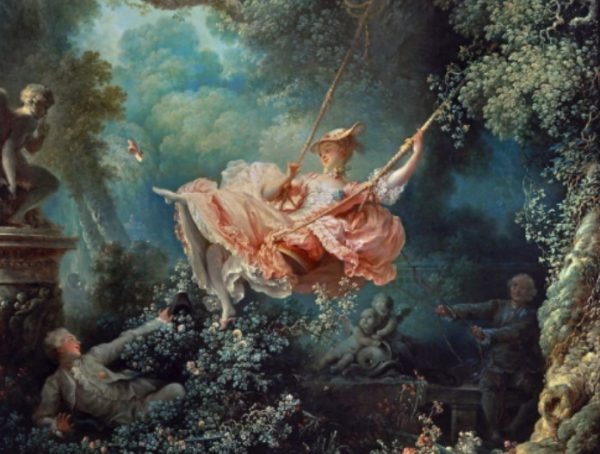
Then later on, abstract art was pushed into action from the momentum of social movements and cultural revolts. For example, Surrealism and Dadaism were created to reflect the psyche of civilians after World War I. This period put society through horrific violence that left humanity disillusioned by the futility of war. Paintings in this era captured nonsensical scenes of dreamlike landscapes and cluttered shapes with no particular form, and absurd scenes by Dalí and Duchamp reflected the war’s absurdity in the eyes of civilians. Counterculture of anti-war movements and liberal protests grew as the 20th century unfolded, and art only became more abstract to combat the strict social norms of the time. In the middle of the century, American artist Jackson Pollock emerged as an action painter who would come to set the definition of abstract. His acclaimed “drip technique” consisted of formless splashes of vivid colors, and utilized mixed media. Not only did he use different types of oil and resin-based paints, but he also incorporated natural materials like sand, pebbles, and shattered glass into his paintings. These paintings embody the mixed and turbulent energy of the 1900s as conflicts grew tighter between traditional and progressive social movements.
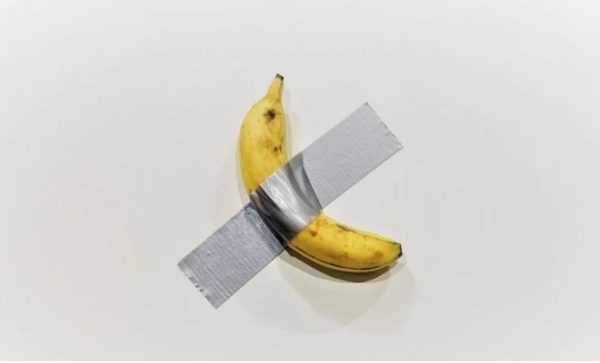
Finally, at the turn of the century, artistic creativity hit a new landmark. Now more than ever, art has become a commodity and a tool with the invention of digital art platforms and artificial intelligence (AI). Art has found new uses, and many debate the value of using art for non-fungible tokens (NFTs). Many ongoing debates in art also surround the morality of using artificial intelligence with doubts about art theft, plagiarism, and lower creative effort. Others support NFTs and AI as a new form of creative innovation. Memes have circulated online about the “Comedian”, a notorious artwork of a banana that has been duct-taped to a wall. In 2019, Maurizio Cattelan sparked one of the fiercest debates on modern art in the 21st century by selling the taped banana for upwards of six million dollars. On one hand, Cattelan was lambasted for making a mockery out of the modern art world. On the other hand, Cattelan was praised for the artpiece’s witty commentary on perceived value of assets (like NFTs and cryptocurrency), the subjective value of art, as well as the impermanence of daily items and the commodification of art. These widespread debates have led many to question the true purpose of modern art. However, art has no definitive ‘purpose’. Instead, art has always served as a community’s reflection of political turmoil, social ideologies, values, morals, and emotions. Art has taken many different forms in the past millennia, but art itself never changed—we did. So, while we point fingers to criticize forms of modern art, we must also understand we are pointing the fingers right back at ourselves.
